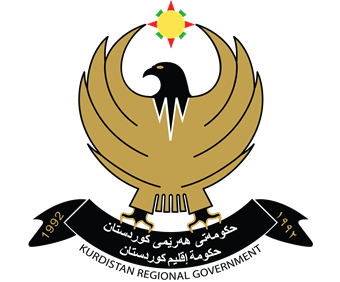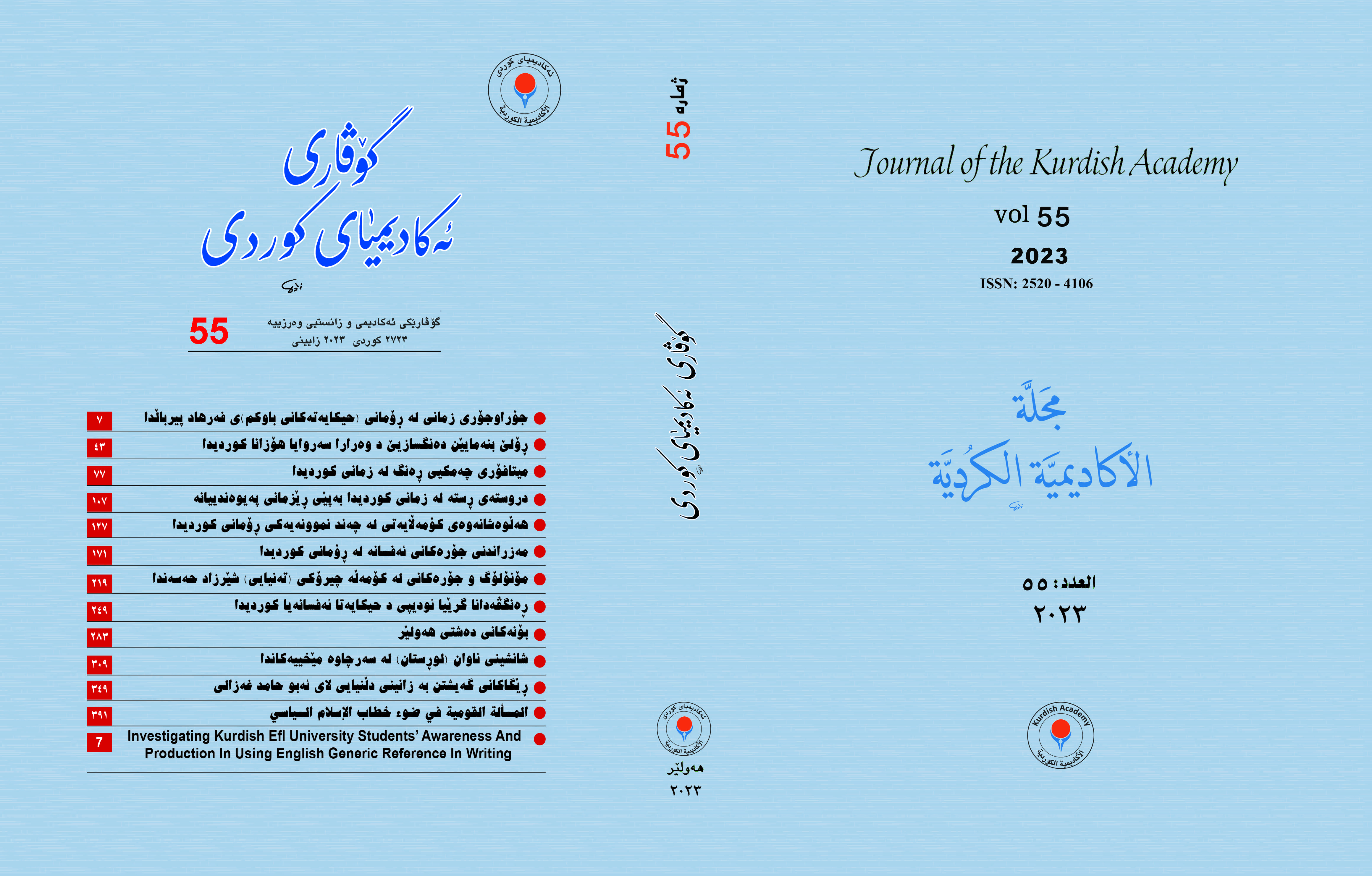Kingdom of Awan (Loristan) in the cuneiform sources
DOI:
https://doi.org/10.56422/ka..55.362Keywords:
Kingdom of Awan, Luristan, Elam , Ḫita, Puzur-En-ŠušinakAbstract
The Kingdom of Awan is one of the most powerful neighboring kingdoms of Mesopotamia in the third millennium BC, and its capital was the city of Awan, whose location has not yet been discovered. There are many opinions about the site of the city, Some researchers believe that it is located near the Dizful River, provided that the city is not far from the city of Susa, Others believe that the city's remains are located in the region of Luristan, which represents the capital of the Kingdom of Awan..
The region of Lurestan witnessed the emergence of the oldest Elamite kingdom in the third millennium BC, where two dynasties ruled, known as the first and second Awan dynasties, the first Awan dynasty that was ruling during the Early Sumerian dynastic period, and it was mentioned in the Sumerian king list as one of the countries and cities that the kingship of Sumer passed to him.
While the second Awan dynasty ruled in third dynasties period through the Akkadian period and continued until the Gutians came to rule in Mesopotamia, where 12 kings ruled. One of the most famous kings of the second dynasty of Awan, was King Ḫita, who made a peace agreement with akkadian king Naram-Sin. And another famous King was Puzur-En-Šušinak, who expanded the borders of the Kingdom of Awan to include all the countries of Elam and the northern regions of Babylonia.





